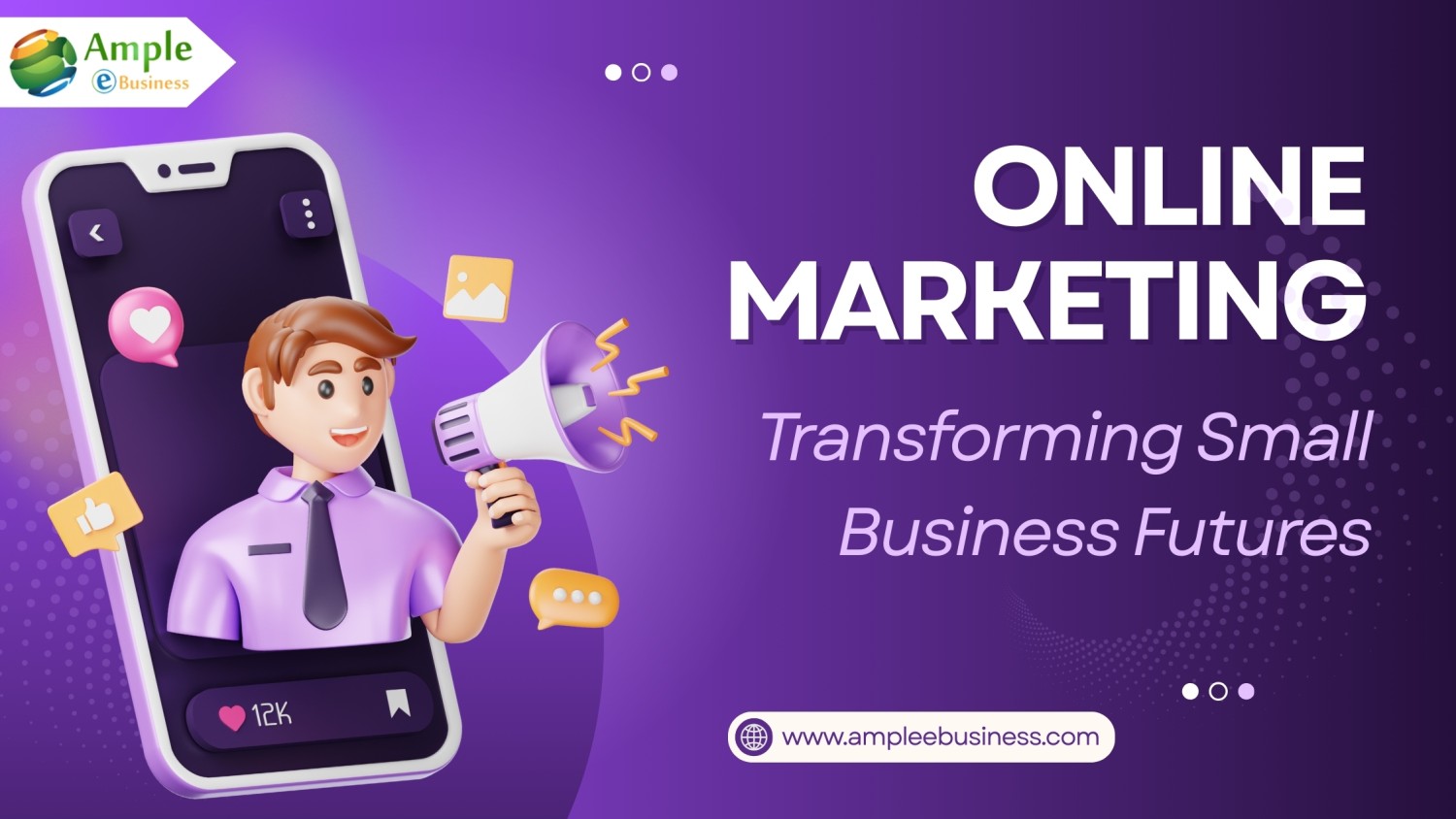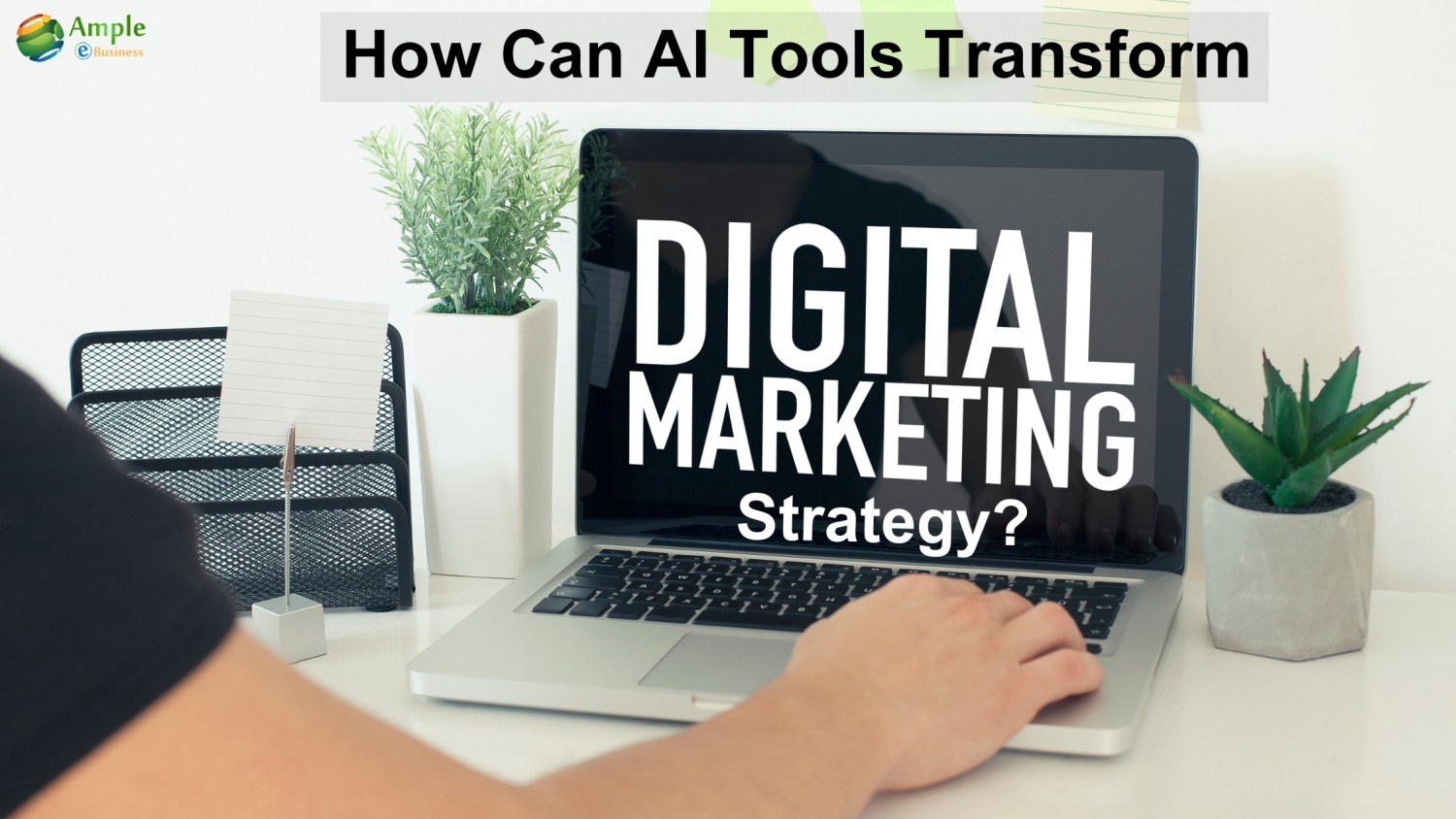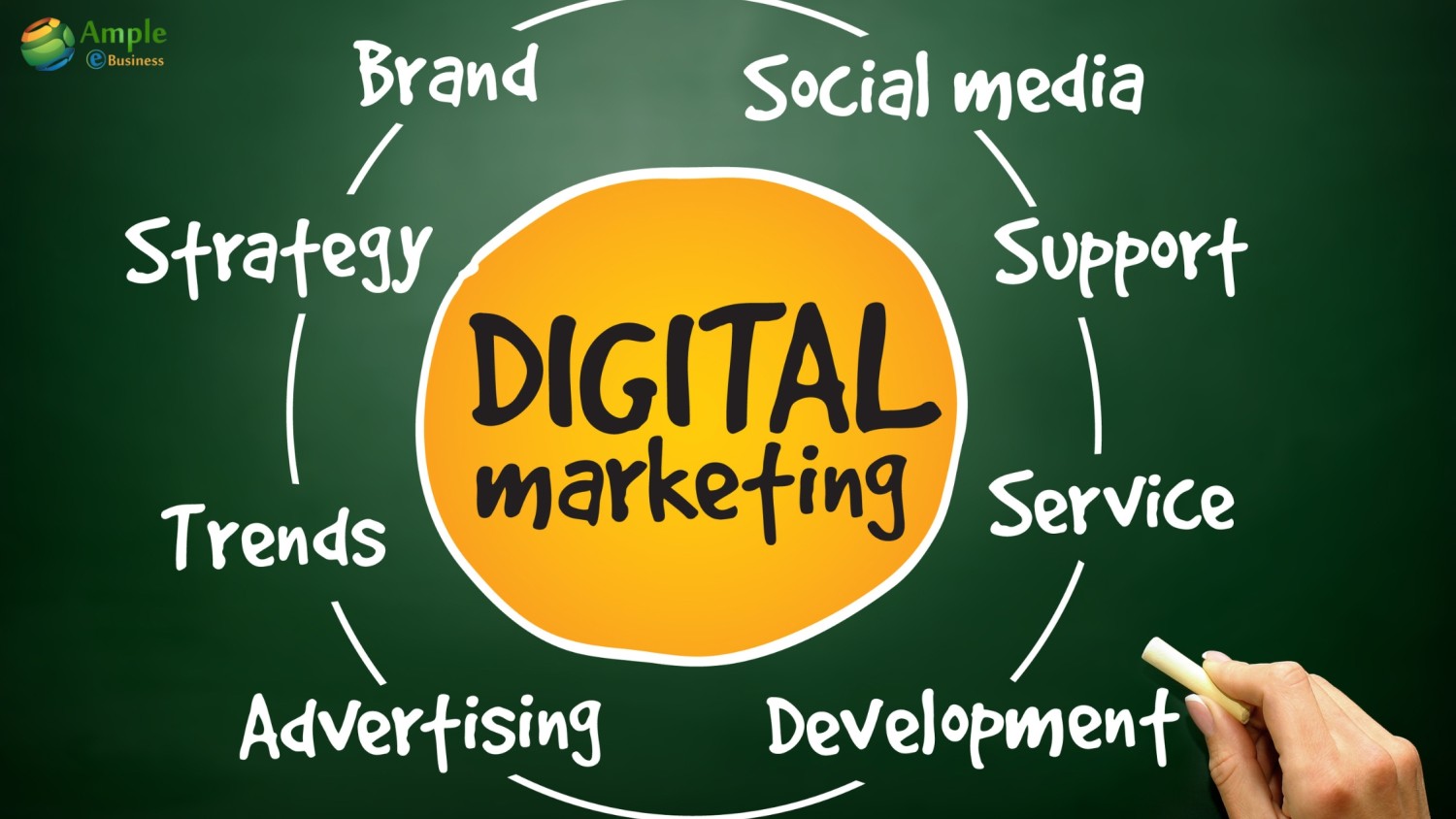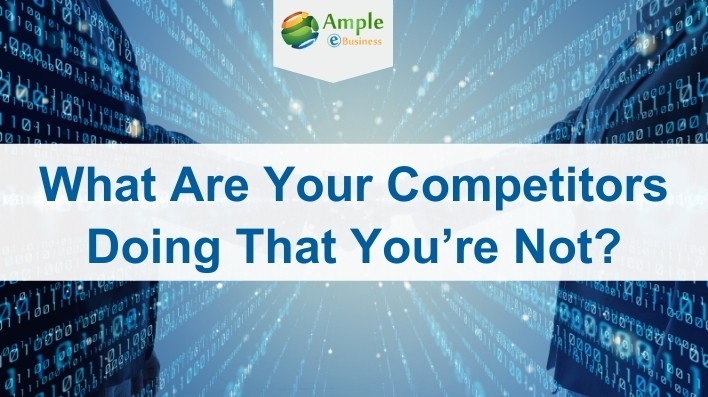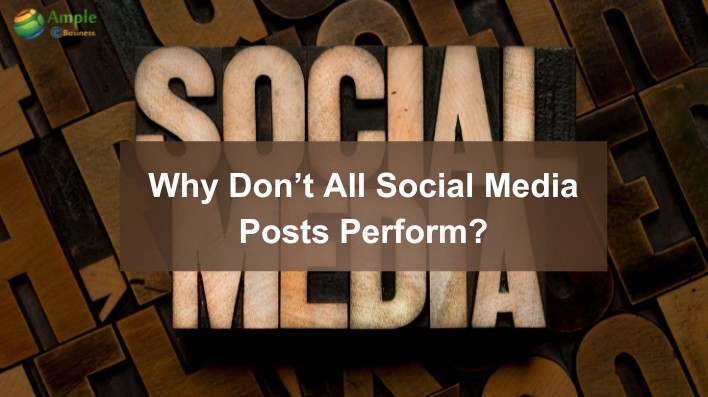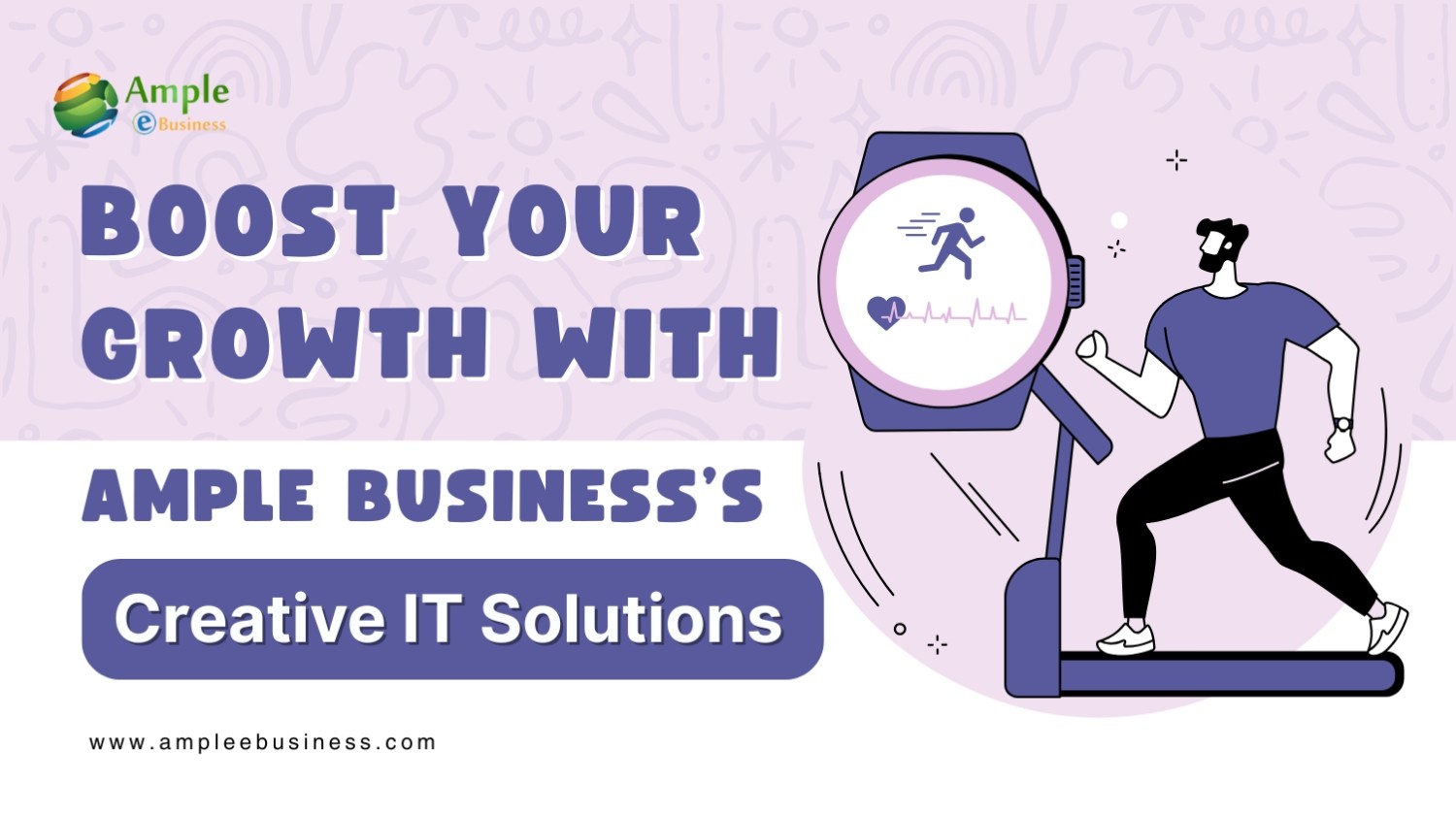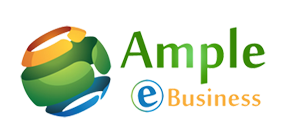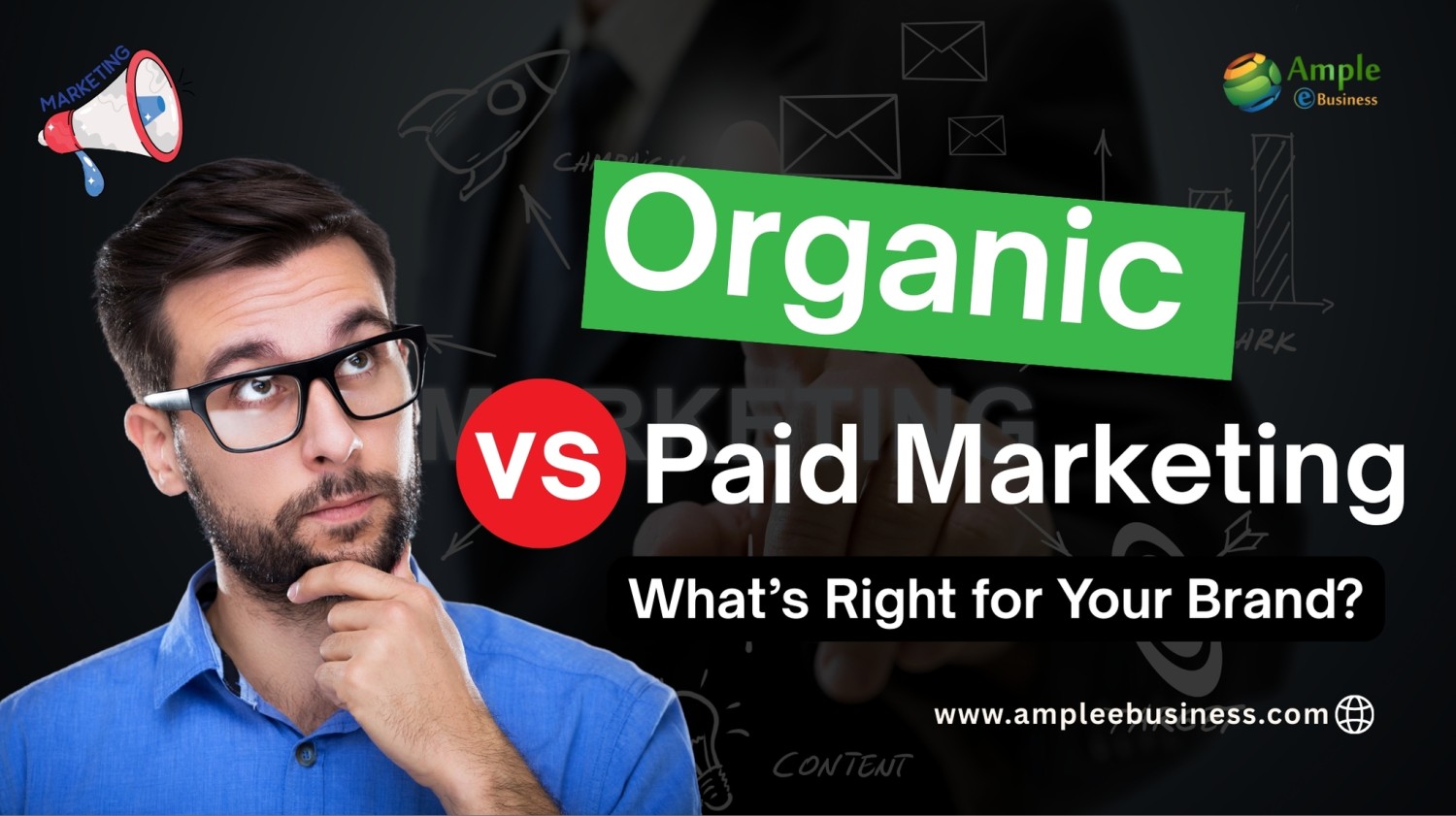
Organic vs Paid Marketing – What’s Right for Your Brand?
Oct 27, 2025
In today’s digital world, every brand wants to stand out, attract the right audience, and grow fast. But when it comes to marketing, one big question always comes up: should you focus on organic marketing or paid marketing?
Both strategies can help your brand grow, but they work in very different ways. To make the right choice, you need to understand how each one works, their pros and cons, and how to use them smartly. Let’s break it down in simple, human terms.
What Is Organic Marketing?
Organic marketing means attracting people naturally without paying for ads. Instead of spending money on visibility, you invest time and effort into creating valuable content, optimizing your website for search engines (SEO), and engaging with your audience on social media.
Think of it as planting a tree. You nurture it with good soil (content), sunlight (SEO), and water (social engagement). It takes time to grow, but once it does, it gives you fruit for years.
Some examples of organic marketing include:
- Writing blog posts that solve your audience’s problems.
- Sharing posts and updates on social media.
- Using SEO to make your website appear in Google search results.
- Encouraging happy customers to share reviews or referrals.
Why Brands Love Organic Marketing?
Organic marketing is loved by many businesses because it builds trust and credibility. When people find you through Google or social media instead of a paid ad, they tend to believe your brand more. It feels more authentic and natural.
It’s also cost-effective in the long run. You don’t pay for clicks or impressions.
Once your content ranks on Google or your social media grows, you can keep getting traffic and leads without paying extra money every month.
However, organic marketing takes time and patience. You won’t see results overnight. It might take a few months of consistent blogging, SEO work, and engagement before you start seeing steady traffic and sales. But once the results come, they usually last.
What Is Paid Marketing?
Paid marketing, also known as paid advertising or PPC (Pay-Per-Click), is the faster way to get noticed online. You pay platforms like Google, Facebook, Instagram, or YouTube to show your ad to a specific audience.
If organic marketing is like planting a tree, paid marketing is like buying a fruit basket—it gives you instant results, but once it’s gone, you’ll need to buy again.
Some common forms of paid marketing include:
- Google Ads (search or display ads)
- Facebook and Instagram ads
- Sponsored posts or influencer promotions
- YouTube video ads
Why Brands Use Paid Marketing?
The biggest advantage of paid marketing is speed. You can start a campaign today and get visitors, leads, and sales the same day. It’s perfect for product launches, sales promotions, or new businesses trying to gain quick visibility.
Paid ads also give you targeting power. You can choose who sees your ads—by location, age, gender, interests, or behavior. This helps you reach exactly the right people instead of waiting for them to find you.
But, there’s a catch. Paid marketing can be expensive, especially if your campaigns aren’t optimized. And once you stop spending money, your traffic usually disappears. It’s a short-term strategy unless you keep investing consistently.
Organic vs Paid Marketing: The Real Difference
So, what really separates these two strategies? Let’s look at them in simple words.
Organic marketing is slow but steady. It’s about building your brand’s reputation and authority over time. You earn trust naturally through valuable content and engagement.
Paid marketing, on the other hand, is fast but temporary. It helps you grab attention right away and reach a large audience, but it requires ongoing investment.
You can think of organic marketing as earning attention, while paid marketing is buying attention.
Both are useful in different situations, and the best marketing strategy often uses a balance of both.
Which Strategy Is Right for Your Brand?
Now comes the main question: which one should your brand focus on? The answer depends on your business goals, budget, and timeline.
1. Your Goals
If your goal is to build brand awareness, long-term traffic, and trust, organic marketing is the way to go. It helps people find you naturally and view you as a credible source.If you need quick sales, new customers, or want to test a product launch, paid marketing is more effective because it delivers results fast.
2. Your Budget
If you have a limited budget but plenty of time to invest, organic marketing is smarter. You can create valuable blogs, videos, and social posts that keep working for you for years.
If you have the money and want immediate growth, invest in paid campaigns to generate fast leads and conversions. But remember—paid marketing stops when the budget stops.
3. Your Timeline
If you’re okay with waiting for long-term results, organic marketing is perfect.
If you need results this week or this month, paid ads will get you there faster.
Most successful brands use a mix of both—paid marketing for quick visibility and organic marketing for lasting growth.
How to Combine Organic and Paid Marketing
You don’t have to choose between the two. In fact, the best marketing strategies use both organic and paid together. Here’s how you can do it:
1. Use Paid Ads to Test What Works
Before creating a lot of organic content, use paid ads to test which topics, products, or messages attract your audience most. Once you know what works, you can create organic blogs or videos around those topics.
2. Boost Your Best Organic Content
If one of your blog posts or social media reels is already performing well, use paid ads to promote it further. This gives your content extra reach and helps you attract new followers faster.
3. Nurture Paid Leads with Organic Content
After you get leads through paid ads, use organic methods like email newsletters, blog posts, and social media engagement to keep them connected to your brand. This builds long-term relationships.
4. Build a Strong SEO Foundation
Even if you rely on paid ads, don’t ignore SEO. A strong organic foundation reduces your ad spend over time because people start finding you naturally.
5. Track, Analyze, and Improve
Use tools like Google Analytics or Facebook Insights to track your campaigns. See what’s bringing results and improve both your paid and organic efforts accordingly.
Final Thoughts: What’s Right for Your Brand?
If you’re just starting out and have a small budget, focus on organic marketing—create valuable content, optimize for SEO, and build your brand’s credibility.
If you’re launching something new, want to boost sales fast, or have a marketing budget, paid ads can get you quick results.
But the real secret lies in combining both. Use paid ads to get attention quickly, and organic marketing to keep that attention for the long term.
Remember, marketing is not a one-time effort—it’s a continuous process. By balancing both strategies, you’ll enjoy the best of both worlds: immediate visibility and lasting brand growth.

